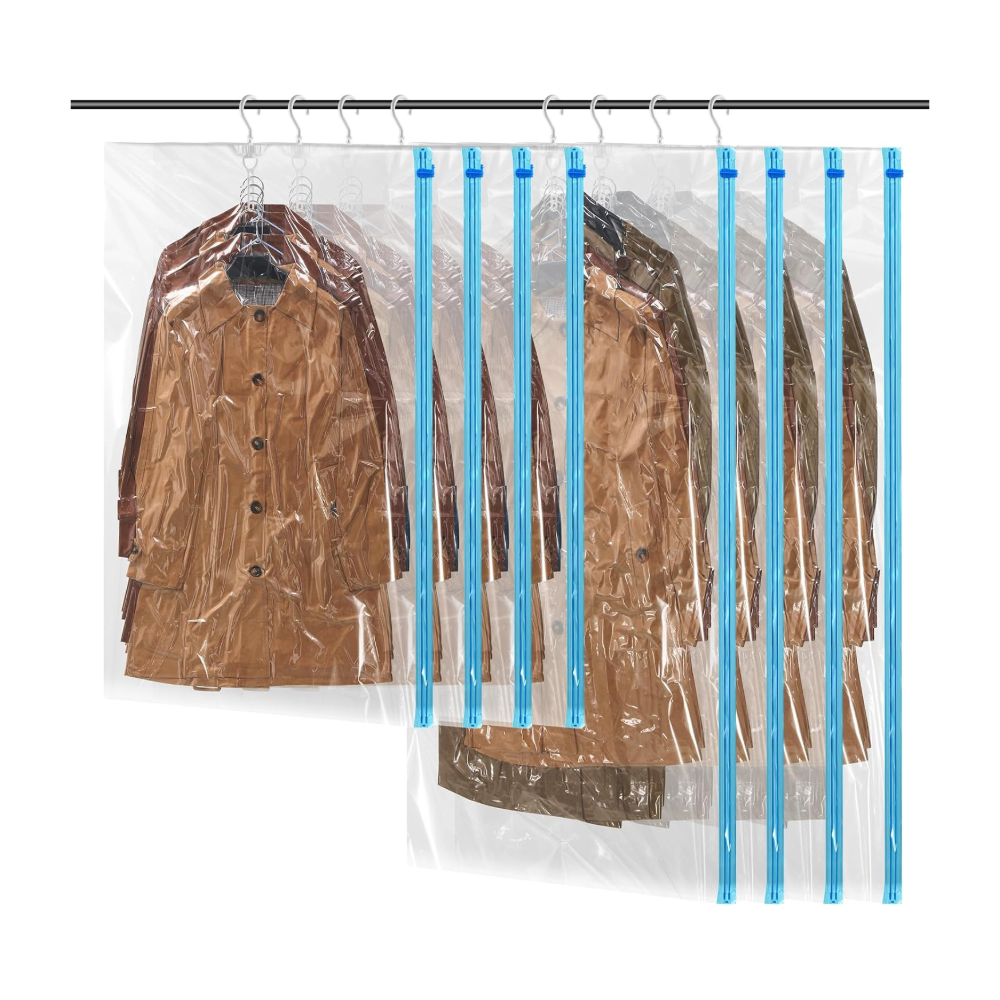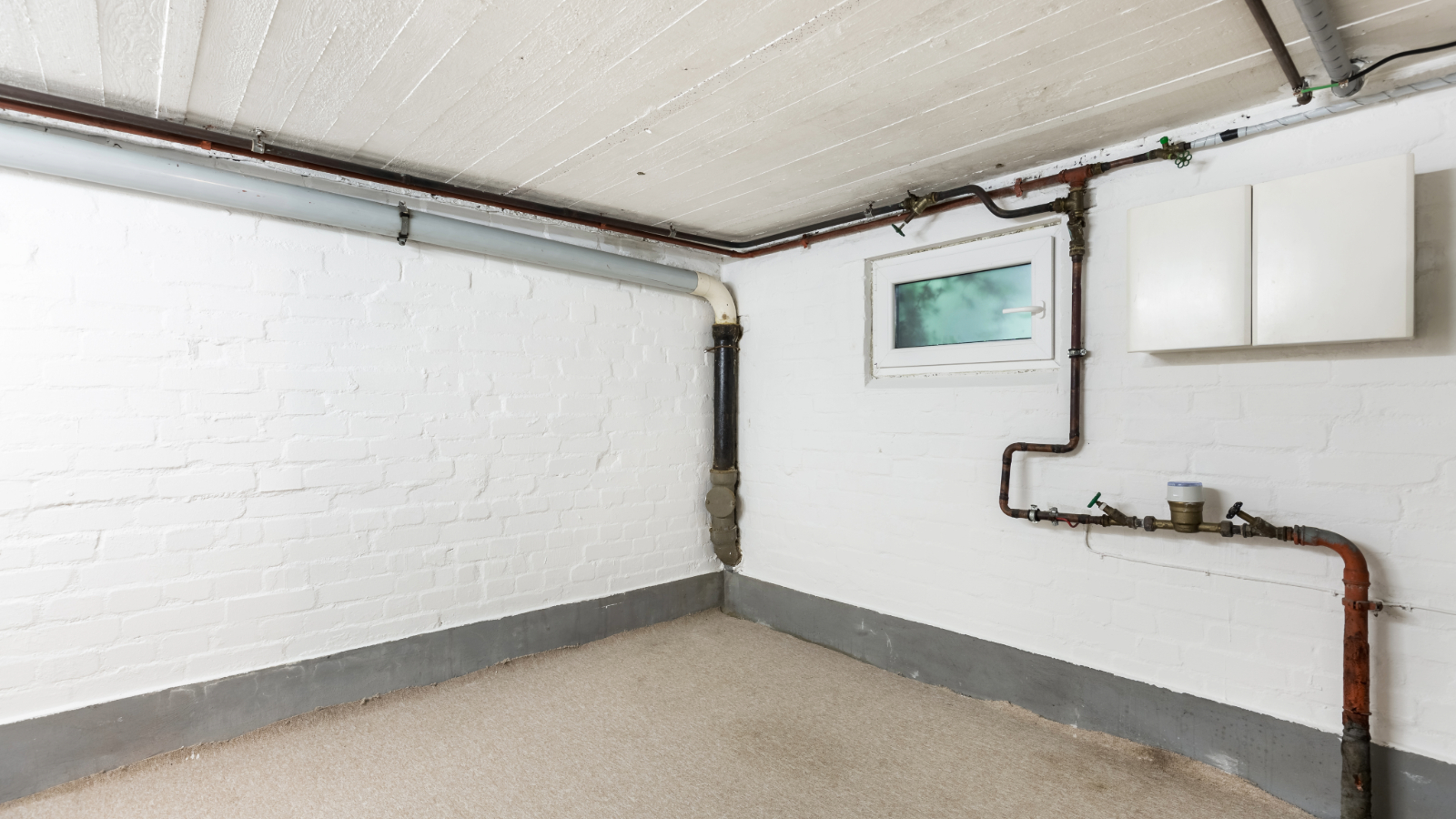How to get rid of carpet beetles – and stop these 'woolly bears' coming back
Need to know how to get rid of carpet beetles? Here's what the experts recommend
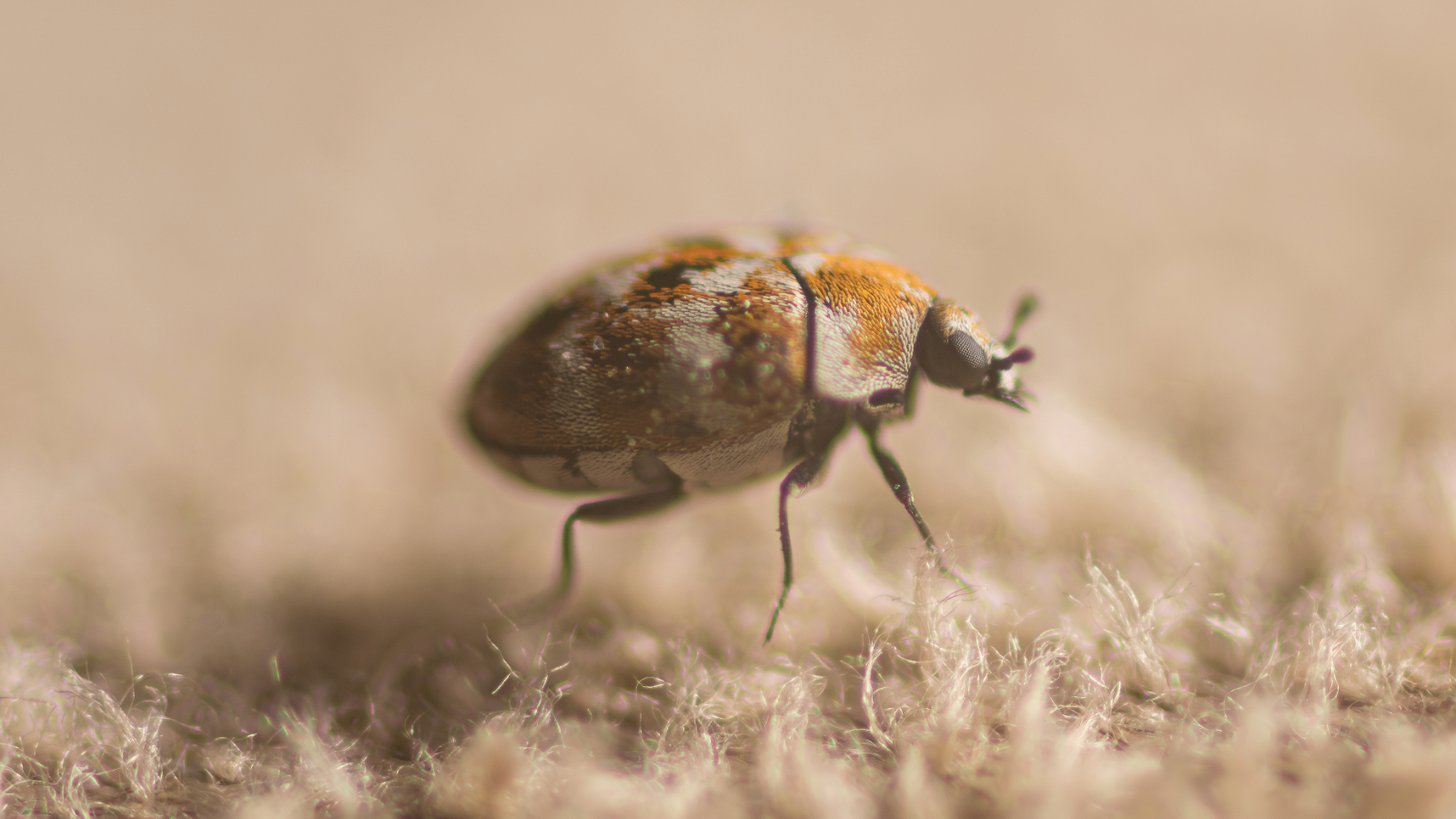
Learning how to get rid of carpet beetles is crucial to stopping these pesky insects from causing significant damage to your home and your belongings.
Carpet beetles might be tiny in size, but their presence can have a big impact on your home. These common household pests are notorious for their ability to infest and feed on various organic materials, including certain types of carpet, fabrics and even stored food.
Below, our pest control experts reveal the best methods for getting rid of carpet beetles and preventing their return, as well as how to identify them and recognise the signs of an infestation.
How to get rid of carpet beetles
Similar to carpet moths, carpet beetles love to feast on natural fibers, such as carpets and clothing, so it’s important to take the right steps to get rid of them:
1. Thoroughly vacuum
The first and most important step, recommends Tony King, pest control expert at The Pied Piper, is to thoroughly vacuum your home at least once a day in the infested area. Pay special attention to your carpets, rugs, upholstery, baseboards, air vents, and the corners of wardrobes.
"You should vacuum on high setting to suck up all eggs, larvae and adult beetles," adds Adam Juson, co-founder of Merlin Environmental. "Leave no crevice overlooked as the eggs are tiny and easy to miss."
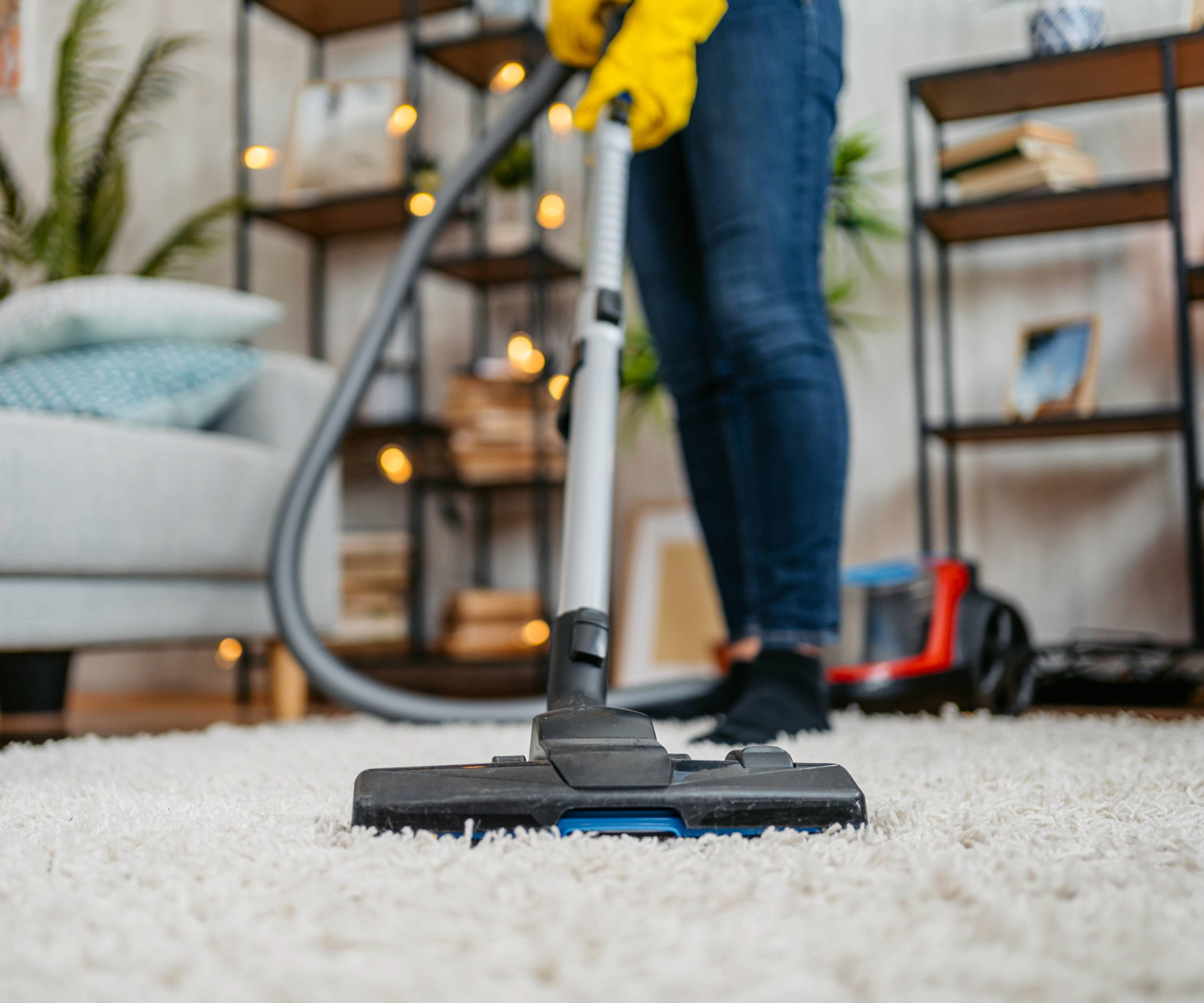
2. Try natural remedies
When it comes to natural remedies, Tony recommends using essential oils like cedarwood, lavender, and eucalyptus, which can act as natural repellents against carpet beetles. You can spray them or place them in sachets inside wardrobes, drawers, and under furniture.
Bring your dream home to life with expert advice, how to guides and design inspiration. Sign up for our newsletter and get two free tickets to a Homebuilding & Renovating Show near you.
Tony also suggests trying diatomaceous earth, a fine powder that dehydrates beetles upon contact, as well as other unwanted creatures, such as slugs. However, make sure you wear a respirator or mask during the application process and opt for 'food grade' varieties to ensure the safety of both yourself and any household pets.
3. Professional treatment
If you're dealing with a severe infestation that keeps returning, Tony says that a professional treatment – such as heat fumigation or insecticidal fogging – may be required.
Natural remedies to try
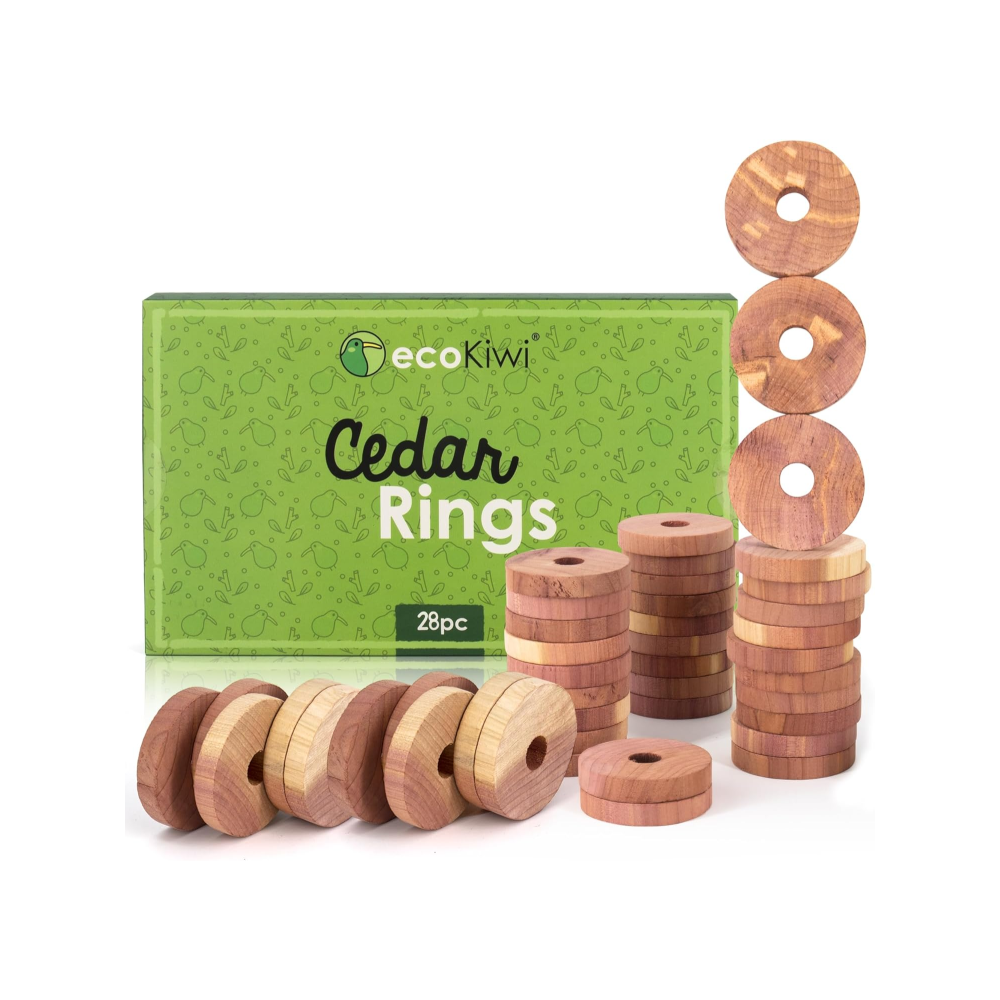
These cedarwood rings can be placed anywhere – from your drawers and wardrobe to shelves and shoes – to help repel insects like carpet beetles.
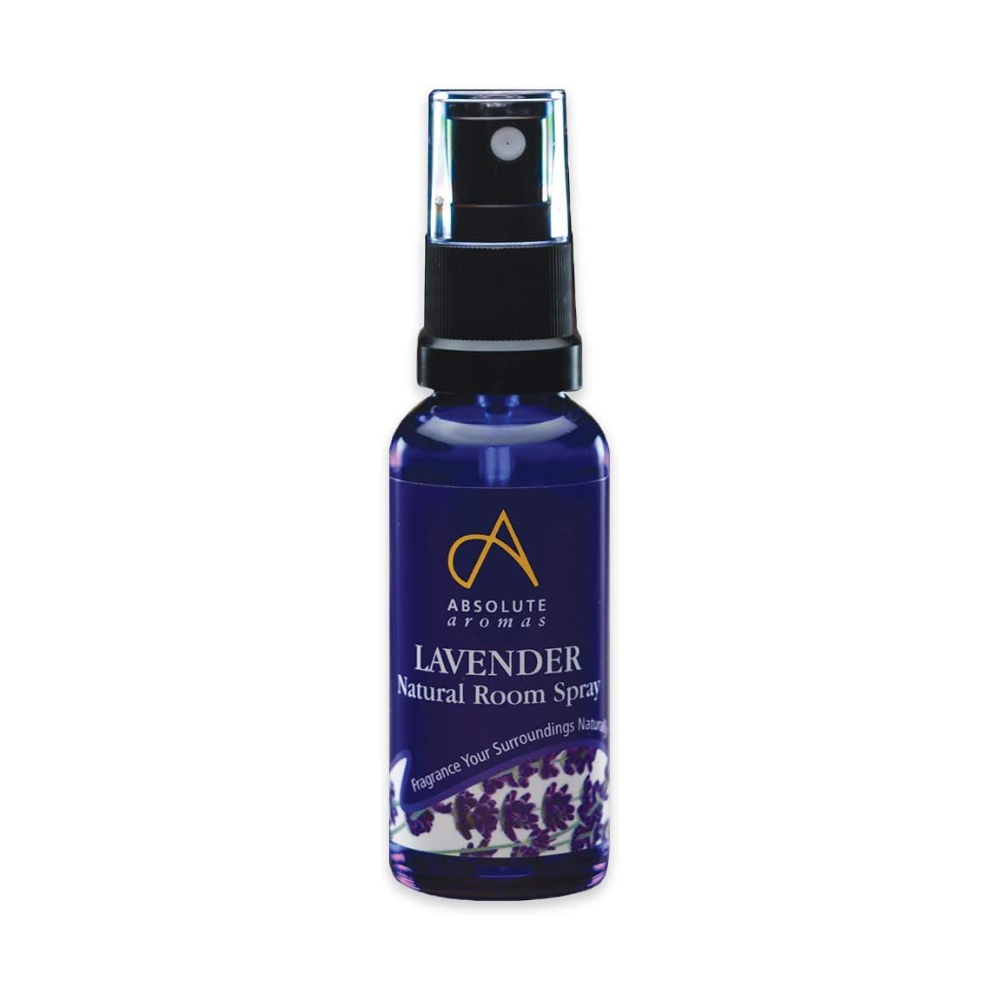
Made with an all-natural, undiluted formula, this lavender spray helps keep carpet beetles at bay.

Diatomaceous earth helps protect your home against a variety of insects, including carpet beetles and ticks.

Tony King is the owner and manager of The Pied Piper, a leading pest control service that has been in operation for more than 25 years. His team of professionals can help eliminate everything from mouse infestations to slug intrusions.

Adam is co-founder and director of Merlin Environmental, offering commercial pest control to businesses of all types and sizes across the UK. His encyclopaedic knowledge of common household pests makes him an excellent resource for ridding your home of destructive insects and rodents.
What are the signs of carpet beetles?
To prevent widespread damage, it's crucial to catch the signs of carpet beetles early on. According to the British Pest Control Association, "carpet beetles have outstripped the clothes moths as the major British textile pest".
Here are some telltale signs to watch out for:
1. Shed skins: As they grow, woolly bear larvae will moult and shed their skins, leaving behind tiny, shell-like remnants. Finding these in your home is usually the first sign of an infestation.
Tony King says, "You may also find very tiny brown, shell-like skins that the larvae have discarded while growing. Such skins are often found in places that are dark and undisturbed, or in closets."
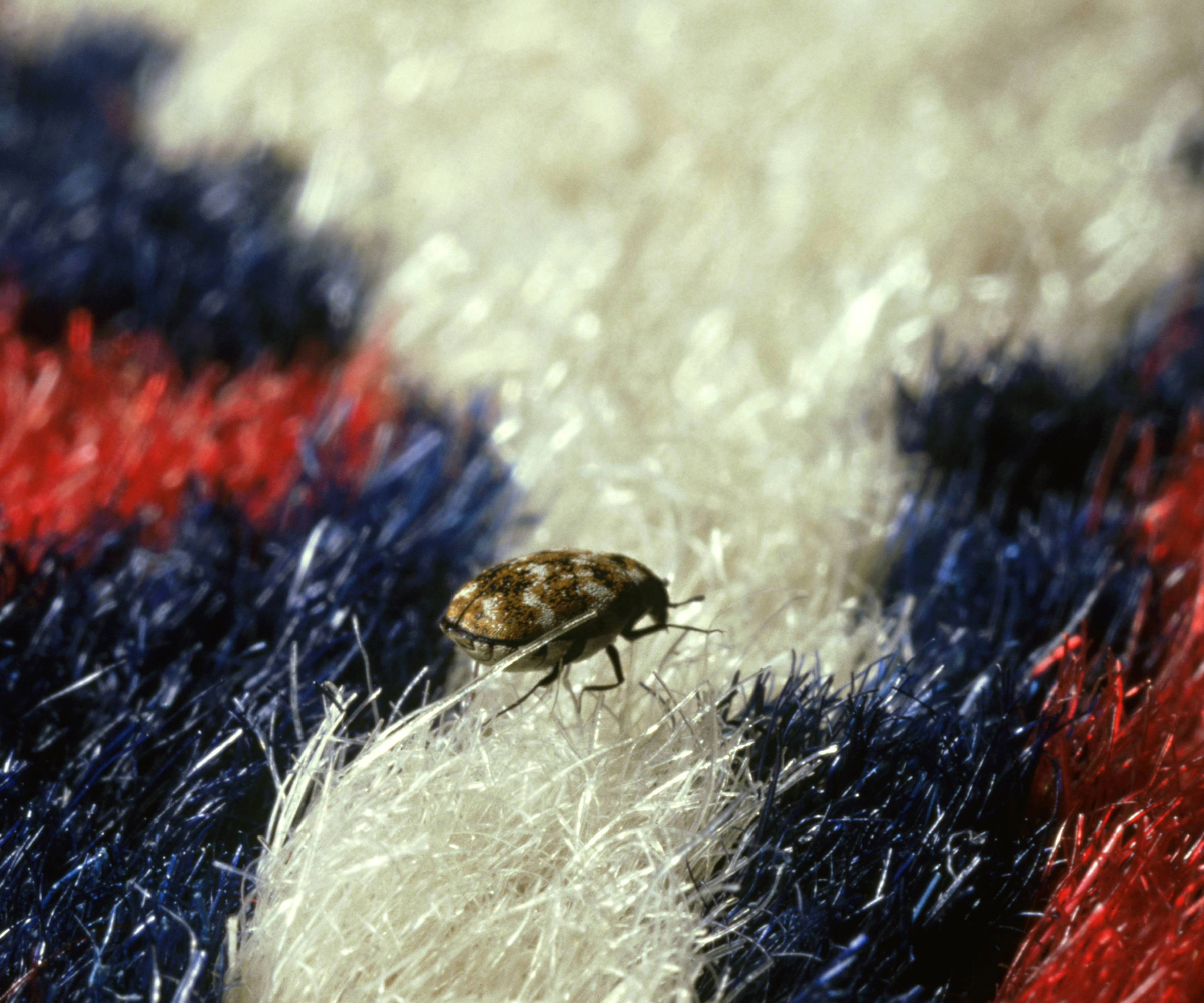
2. Tiny holes: Woolly bears tend to chew through material, so look out for small irregular holes in fabric or items of clothing.
Tony says, "One of the very first signs is the presence of small, irregular-shaped holes in the covering of natural fiber such as wool sweaters, silk curtains, or upholstered chairs where the larvae feed on fabric."
3. Pellets: You might spot small granular pellets that resemble sand or sawdust. This is actually the larvae's excrement.
How to prevent carpet beetles from coming back
Once you’ve cleared your home of carpet beetles, it's important to stop them coming back again. The following methods will help keep your house pest free:
- Repair cracks and gaps that could potentially serve as entry points for carpet beetles to enter your home
- Store natural fibre clothing and fabrics in sealed containers to prevent infestations
- Keep dried food products in airtight containers to prevent beetles from accessing them (like these glass jars from Amazon).
- Regularly groom and clean your pets to prevent shedding hair from becoming a food source
How to identify a carpet beetle
Adult carpet beetles are attracted to light and can often be found around windowsills or light fixtures. They typically measure around 1/8 to 1/4 inch in length and adult varied carpet beetles have a distinctive pattern of coloured scales on their wings that resembles a mosaic.
Black carpet beetles are solid black or dark brown, while furniture carpet beetles are similar in appearance to varied carpet beetles but have a more uniform colouration.
The tiny larvae of the carpet beetle are often called "woolly bears" due to their furry appearance. They are covered in brown hairs and will roll up into a ball when disturbed.
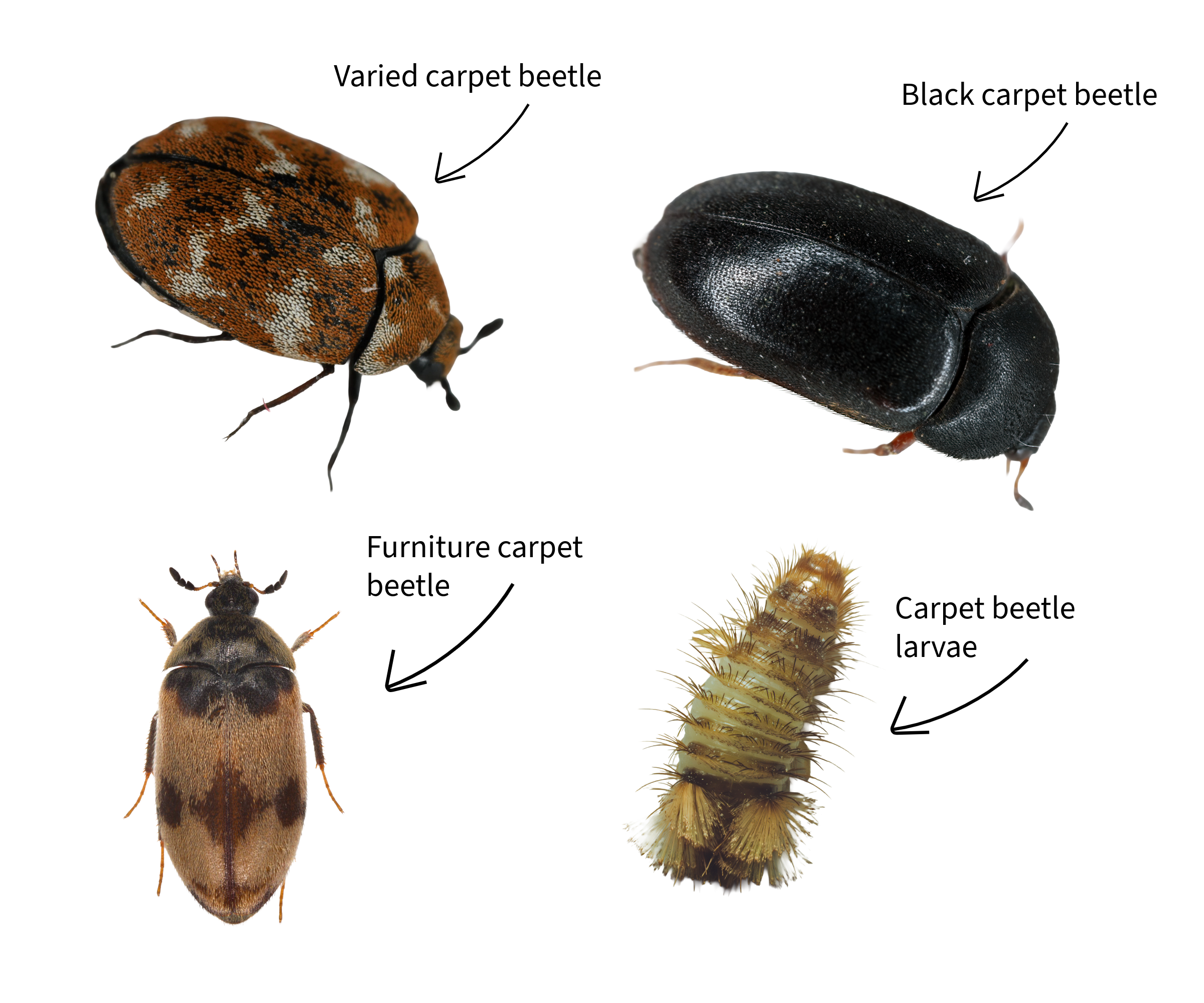
Since the early signs of carpet beetles are very minor, you might not notice them until the population increases, explains Tony King. When you do, be sure to follow the steps above to prevent them from coming back.
For more expert advice on pest removal, read how to keep spiders out of your house and how to kill silverfish.

Gabriella is an interiors journalist and has a wealth of experience creating interiors and renovation content. She was Homebuilding & Renovating's former Assistant Editor as well as the former Head of Solved at sister brand Homes & Gardens, where she wrote and edited content addressing key renovation, DIY and interior questions.
She’s spent the past decade crafting copy for interiors publications, award-winning architects, and leading UK homeware brands. She also served as the Content Manager for the ethical homeware brand Nkuku.
Gabriella is a DIY enthusiast and a lover of all things interior design. She has a particular passion for historic buildings and listed properties, and she is currently in the process of renovating a Grade II-listed Victorian coach house in the West Country.
- Megan MilsteadContent Editor
